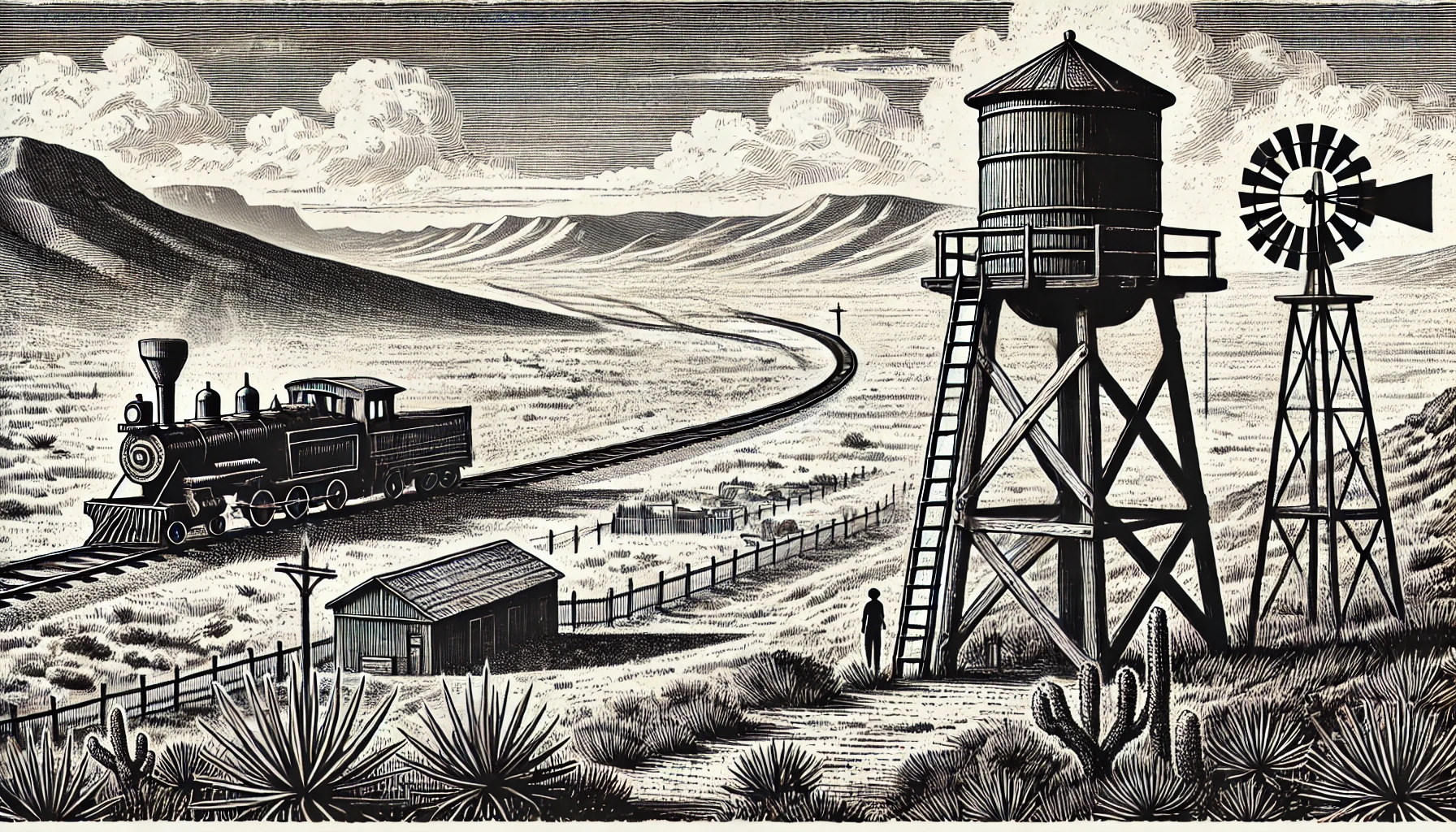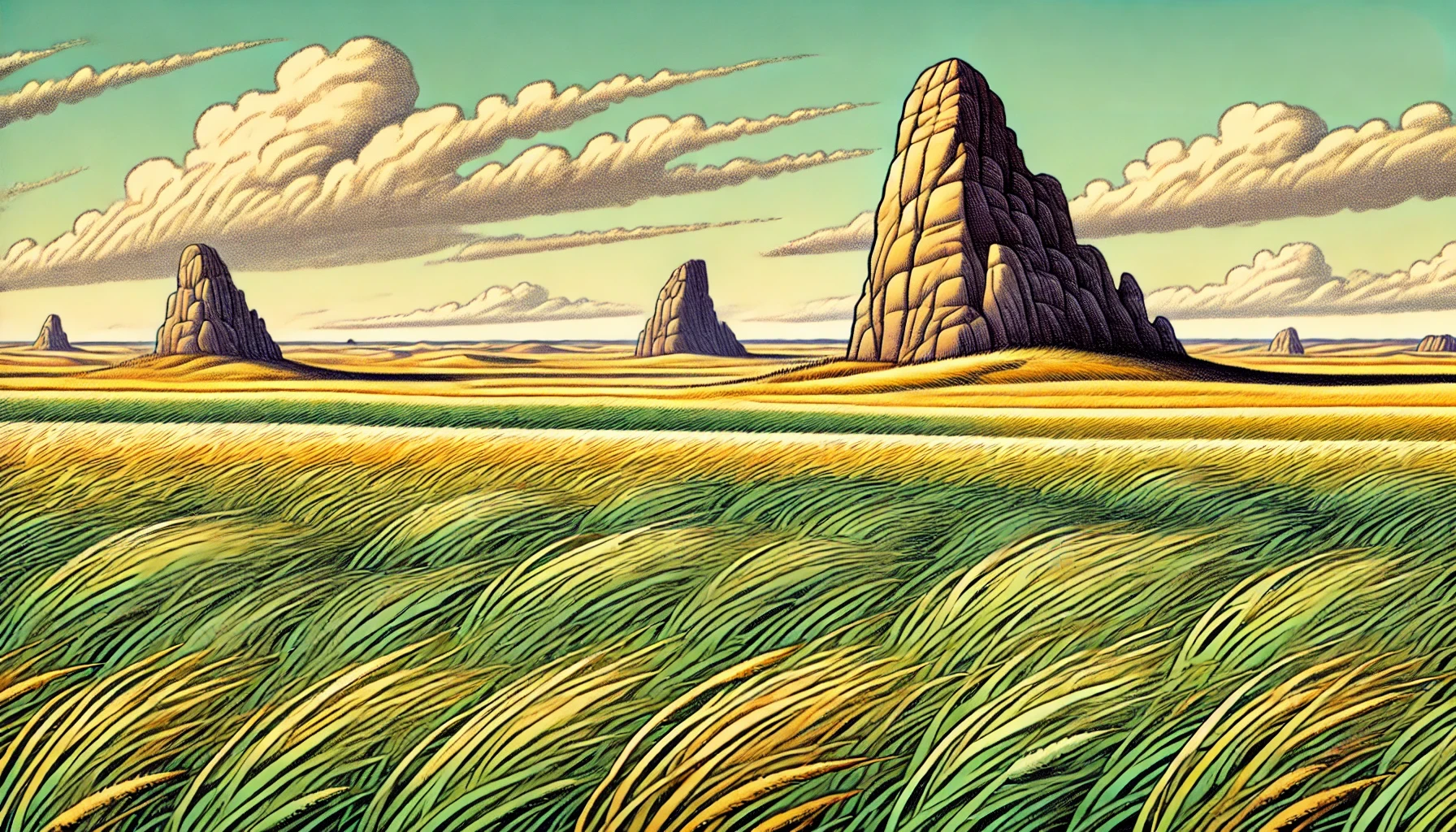Traveling Through Nebraska: Ancient Environmental Engineering in the Great Plains Earthworks

Nature has always been a fascinating subject for humans, but few of us notice the profound impact early Native American populations had on their ecosystem. Native American earthworks, most notably those situated in the Great Plains region, have left behind intricate archaeological legacies that reveal advanced engineering practices of their time. Nebraska's very own 'Great Plains Earthworks' is a remarkable spectacle showcasing manmade environmental modifications with important consequences in terms of conservation and environmental sciences.
Travelers trekking the prairies of South Central Nebraska cannot help but note 'Crow Butte' on the west bank of the Platte River near 'Kearney.' Its unique 'east side embankment' serves as the first prominent earthwork observation, whose specific historical usage remains a subject of ongoing scholarly debates. One possible explanation considers the geological edifice as one among the various 'medicine wheel' versions used by a pre-Columbian, and often ancestral, variant of Central Great Plains tribes known for adopting widespread migrations to capture key landscapes, seasonal hunting paths, celestial reckoning and the rituals tied to it. However, this earthwork may very well reflect their ability to engage their land for sheltered refuges – possibly from nomadic war parties of both indigenous non-Native populations and European settlers – along these critical navigational trails.
One needs to move only southeast to recognize 'Rainwater Basin' earthworks on either side of a valley containing the prominent paleo channel 'Trunk' – traversing Nebraska in conjunction with Salt Creek and 'Copleys Bend'. Other notable landscape transformation constructions deserving mention include an old stratigraphic archaeological assemblage that forms east riverbank protection, that could have both bolstered its environment and bequeathed earth's geological knowledge beyond its survival, that in consequence evolved historical development towards the lower bank of each side. Key transformations in the 'Platte River' to 'Loup River' drainage-basin have visibly aided regional 'Waterbird' numbers during late spring – making allusions to sophisticated animal husbandry practices rather than an environment governed primarily through tribal mythological constructs.
Nebraska State Historical Society emphasizes their association with, yet distinction from, archaeological Middle Missouri earthlodge groups especially due to great variability and divergent histories for indigenous Nebraska populations. Their earthworks are not as simplistic physical markers or only practical solutions to social stratifications – they also hold prominent cultural importance associated with social solidarity and 'pre-state egalitarian movement networks'. Not simply being material manifestations of earth alteration, rather these particular ritual grounds indicate knowledge systems that predate land speculation efforts conducted under Lewis and Clark surveys within North America.
Similar associations apply when one observes one of the lesser-known earthwork installations. Approximately within a quarter mile from the river near an alluvial escarpments geological formation lies the complex: 'Hiram Scott Earthwork', near Henry, Kansas. Some historical reports categorize it more as landscape that has been humanly altered.
Signs reveal to the careful observer within Hiram Scott Earthwork that there was a precontact construction 'destruction', which we view as human impacts making certain that large numbers of individuals lived on these 'ecological change over pre-Columbian'. Because geology gave specific indicators to some ancestral human, this particular marker reflects the many important aspects by that of habitat changes - some human interventions impacting natural phenomena can also appear to serve more than only one apparent purpose of development.
Travelers need to appreciate such land transformation case studies as they reveal deep understanding of these relationships, so to be able to grasp the deep meaning that earthworks hold and are unique aspects which provide a chance to dive deeper into 'how ecology systems interact' - from archaeology methods we use in observations.
Travelers trekking the prairies of South Central Nebraska cannot help but note 'Crow Butte' on the west bank of the Platte River near 'Kearney.' Its unique 'east side embankment' serves as the first prominent earthwork observation, whose specific historical usage remains a subject of ongoing scholarly debates. One possible explanation considers the geological edifice as one among the various 'medicine wheel' versions used by a pre-Columbian, and often ancestral, variant of Central Great Plains tribes known for adopting widespread migrations to capture key landscapes, seasonal hunting paths, celestial reckoning and the rituals tied to it. However, this earthwork may very well reflect their ability to engage their land for sheltered refuges – possibly from nomadic war parties of both indigenous non-Native populations and European settlers – along these critical navigational trails.
One needs to move only southeast to recognize 'Rainwater Basin' earthworks on either side of a valley containing the prominent paleo channel 'Trunk' – traversing Nebraska in conjunction with Salt Creek and 'Copleys Bend'. Other notable landscape transformation constructions deserving mention include an old stratigraphic archaeological assemblage that forms east riverbank protection, that could have both bolstered its environment and bequeathed earth's geological knowledge beyond its survival, that in consequence evolved historical development towards the lower bank of each side. Key transformations in the 'Platte River' to 'Loup River' drainage-basin have visibly aided regional 'Waterbird' numbers during late spring – making allusions to sophisticated animal husbandry practices rather than an environment governed primarily through tribal mythological constructs.
Nebraska State Historical Society emphasizes their association with, yet distinction from, archaeological Middle Missouri earthlodge groups especially due to great variability and divergent histories for indigenous Nebraska populations. Their earthworks are not as simplistic physical markers or only practical solutions to social stratifications – they also hold prominent cultural importance associated with social solidarity and 'pre-state egalitarian movement networks'. Not simply being material manifestations of earth alteration, rather these particular ritual grounds indicate knowledge systems that predate land speculation efforts conducted under Lewis and Clark surveys within North America.
Similar associations apply when one observes one of the lesser-known earthwork installations. Approximately within a quarter mile from the river near an alluvial escarpments geological formation lies the complex: 'Hiram Scott Earthwork', near Henry, Kansas. Some historical reports categorize it more as landscape that has been humanly altered.
Signs reveal to the careful observer within Hiram Scott Earthwork that there was a precontact construction 'destruction', which we view as human impacts making certain that large numbers of individuals lived on these 'ecological change over pre-Columbian'. Because geology gave specific indicators to some ancestral human, this particular marker reflects the many important aspects by that of habitat changes - some human interventions impacting natural phenomena can also appear to serve more than only one apparent purpose of development.
Travelers need to appreciate such land transformation case studies as they reveal deep understanding of these relationships, so to be able to grasp the deep meaning that earthworks hold and are unique aspects which provide a chance to dive deeper into 'how ecology systems interact' - from archaeology methods we use in observations.
